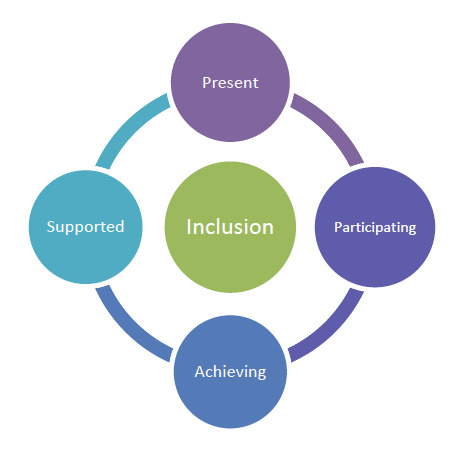How to Develop Capacity for Inclusive Education and Support Every Student
19th April 2025

Did you know that over 240 million children around the world have disabilities? Many of them still struggle to access proper education.
According to UNESCO, nearly 49% of countries do not have enough trained teachers to support students with disabilities, and only 10% have funding systems to make inclusive education possible.
As a school administrator or a leader, you have probably felt this gap first-hand. Maybe you have seen students falling behind because your team is not trained well enough to support diverse needs. You have wanted to build a more inclusive environment. You are aware of capacity building but are confused about where to start. Let us help you get started.
What Is Capacity Building and Why Is It Important for Inclusive Education?
Expert educators who graduated from SEN Teacher Training Online courses state that building capacity means strengthening your school from the inside out. It is about preparing your teachers and staff with new skills and creating systems that help all students learn. It is about growing the skills, mindset, and structure that help your school become truly inclusive.
As you already know a good school makes sure every student is:
- In the classroom with other students.
- Taking part in activities and lessons.
- Learning new things, both school subjects and social skills.
- Getting help when they need it.
If any of these pieces are missing, your school needs to grow stronger and build the capacity for all.

Source: https://www.gov.scot/
Key Areas to Build Capacity for Inclusion
To make your school more inclusive, you need to work on six key areas, also known as the six pillars of capacity building. Let's break each down into simple actions you can start planning for.
1. Structure
The school structure and rules need to work for everyone. This means:
- Making school rules that include everyone.
- Making sure each staff member knows their job in helping students.
- Building ramps and wide doorways so students in wheelchairs can move around.
Think about this: Can a student with mobility issues easily move from class to class? If that's not the case, then your school structure needs to be revised.
2. Competencies
You need skilled people to run an inclusive school. Your teachers and staff need to know how to help all students. Try:
- Training your teachers about new ways to help all students learn.
- Hiring or working with special education needs (SEN) teachers.
- Having workshops for support staff about different learning styles or behavioral needs.
When your team feels confident, your students feel supported.
3. Management Systems
Inclusivity needs smart systems that support decision-making. You need to keep track of how students are doing. This means:
- Watching how each student is learning.
- Creating teams that meet regularly to talk about student needs.
- Talking with parents about their child's learning plan.
Good management systems go beyond administration. They keep you updated and informed, encouraging timely decisions for every learner.
4. Enabling Policies
Clear rules and policies are like your school's guiding compass. They show everyone what is important at your school. Try to:
- Write down how your school will include everyone.
- Match your rules with what global education experts recommend.
- Make plans that will last for years, not just a few months.
Policies show your commitment. And when written clearly, they help guide staff actions every day.
5. Knowledge and Learning
Your school should be a space where everyone learns continuously- teachers, leaders, and students alike. You can build this by:
- Sharing helpful ideas and best practices at staff meetings.
- Collecting books and websites about inclusive education.
- Having teachers observe each other's teaching styles and give feedback.
The more your staff learns, the more capable they can adjust themselves to student needs.
6. Leadership
Know that, none of this happens without strong leadership. If you are leading a school, your vision and actions shape how inclusion is understood and practiced by everyone around you. A strong leader:
- Shows that they believe all students matter.
- Supports innovation and change.
- Creates a safe space for feedback and collaboration.
When your team sees you prioritizing inclusion, they follow your lead. After all, leadership is not empowering others to grow with you.
Bottom Line
School administrators who have completed Special Educational Needs Online Courses understand the importance of capacity building. It makes your goal of inclusive education become a success. You already have it in you: making your school better for everyone. Now it is time to train your team, improve your systems, strengthen your rules, and lead with a clear plan.

